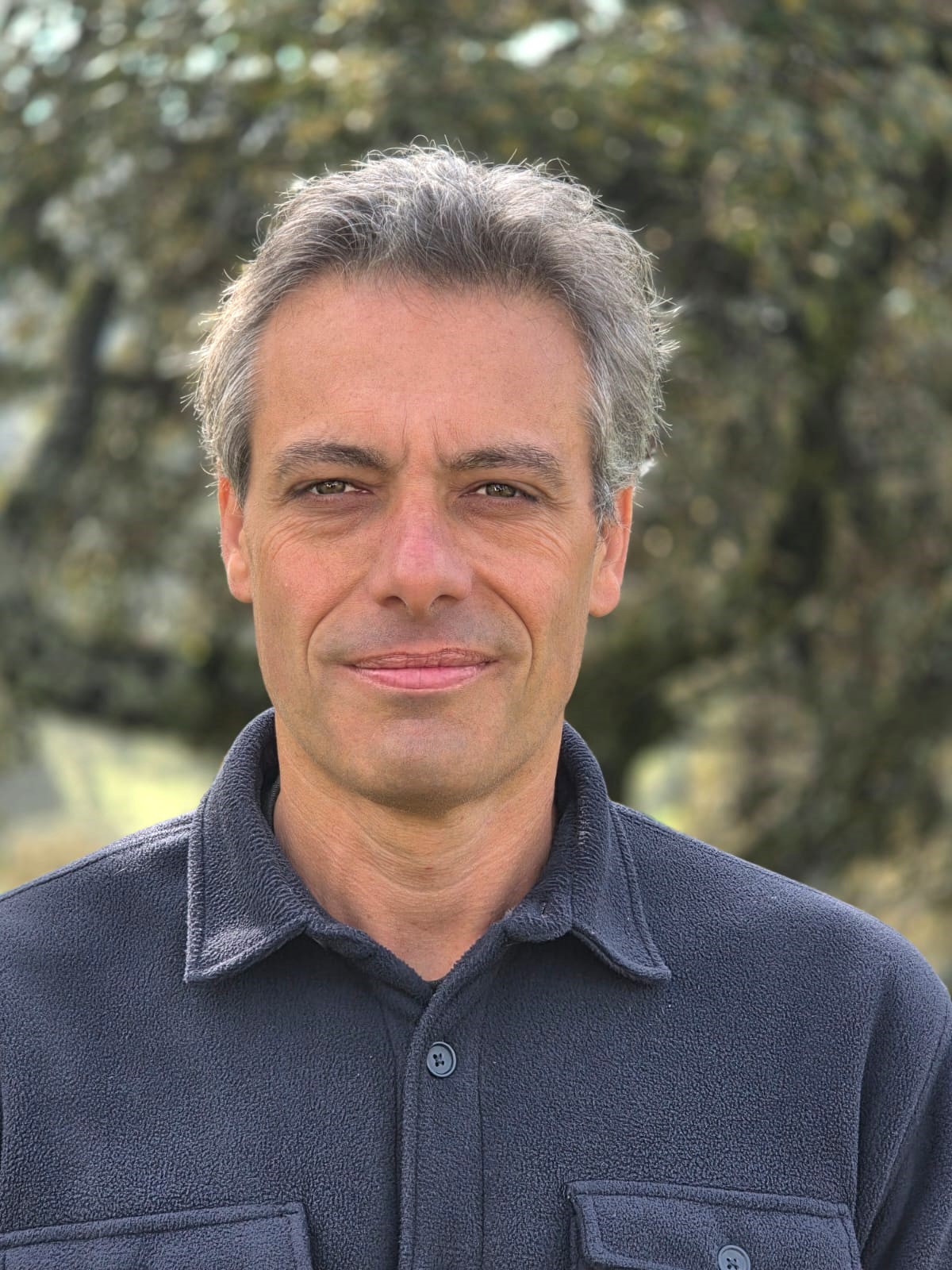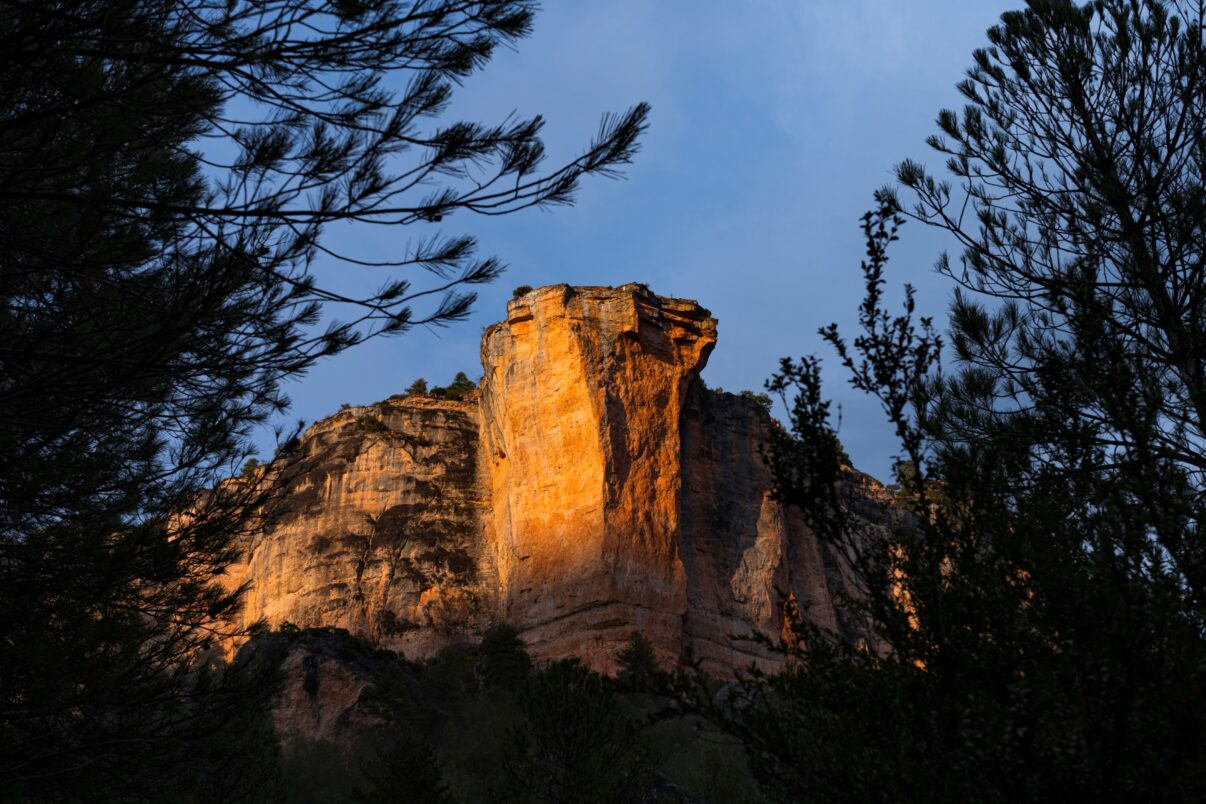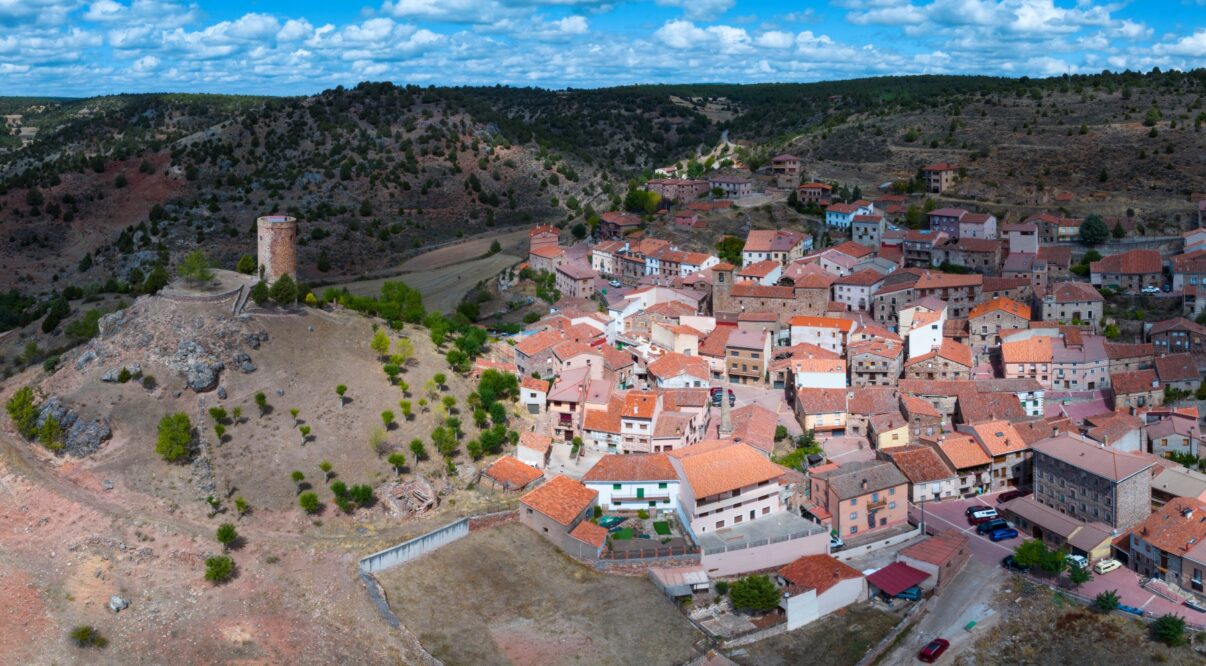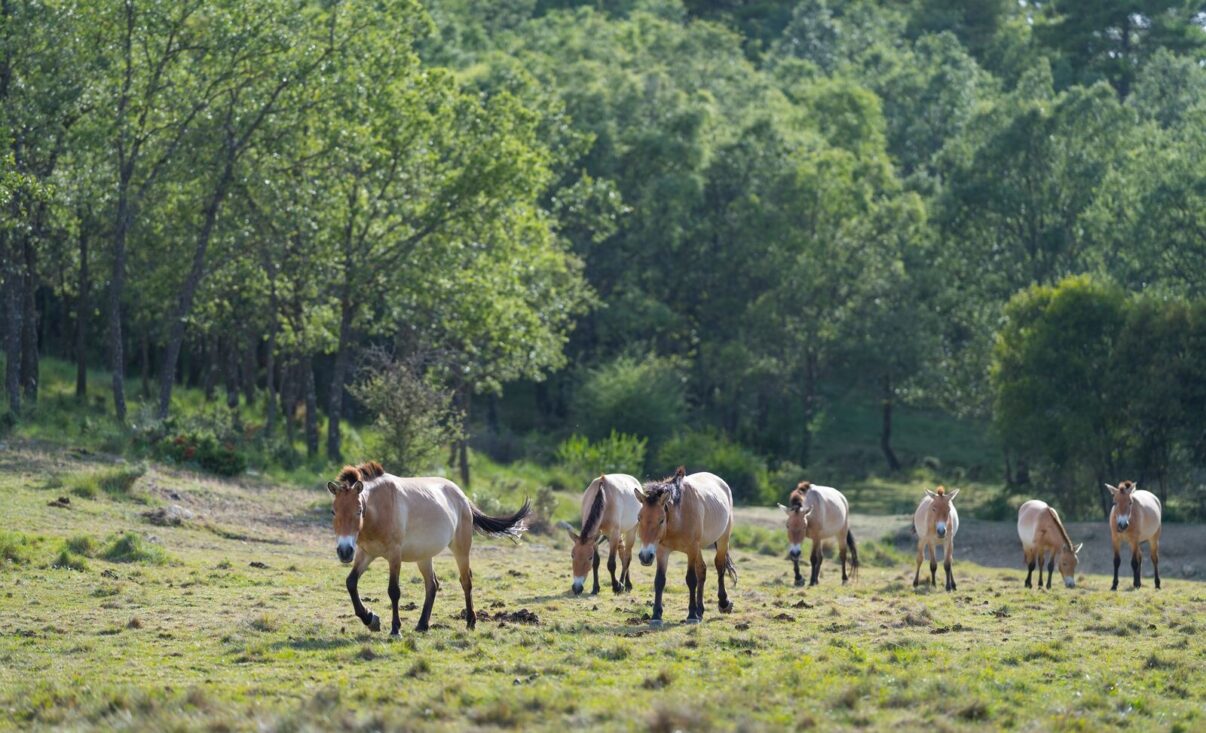In this article, lawyer Marco Bolognini, member of the Board of Trustees of Rewilding Spain and founding partner of MAIO Legal, shares his reflections on the landscape as an element that can show the best possible interaction of human beings with the natural environment, a valuable heritage that should be protected.

Sitting on a terrace in the Albaicín in Granada, a friend and I were enjoying a beer and a good chat. Words can flow serenely in the appropriate occasion. The Alhambra in front of us, its ancient orchards, the centuries-old trees, the gardens, Sierra Nevada in the background, the people in contemplation of so much beauty: everything contributed to making us feel an integral part of a special place and a special moment.
However, you don’t have to be too ambitious, in terms of travel goals, to experience those same impressions.
In many urban or semi-urban environments, for example, where artistic assets and some nature coexist in harmony, human beings begin to recreate and contemplate, surrounded by so many positive elements able to nourish the gaze and, therefore, the soul. The diversity between what human creativity has produced and the fascination caused by greenery where you least expect is pure fuel for the soul, and one particularly clean.
The important thing here is that subsequent human action has not disturbed beauty and has simply respected it.
If we move a little further away from the cities, to seek an even deeper immersion in the essentials, in what is wonderfully basic and necessary in life, we will find tiny villages nestled among vast expanses of wooded land. We will see old bricks, beech or oak beams supporting stone walls, a rickety bell tower and, a few meters further on, the water of a stream that leaves the village to slip calmly through the juniper forests.

If we are lucky, we will catch a glimpse of a large herbivore moving through a holm oak grove, not far from the village, grazing quietly like a natural and silent brush cutter.
All this, from the contemplative beer in Granada to the peaceful moments in the surroundings of a village -let’s say- in Castilla-La Mancha, all of it, we said, is landscape. This means living and being part of it. It is joyfully enjoying this beauty, of which we are also a factor.
A beautiful, nurturing, enriching landscape is the result of the virtuous interaction between nature, artistic and cultural heritage and local inhabitants, whether two-legged or four-legged.
Unfortunately, landscapes often suffer from undue human interference. Any of the three elements of which they are composed – nature, artistic heritage and inhabitants – can fall victim to attacks. Examples abound. An ugly building next to a Romanesque church. A row of terraced houses as a continuation of a medieval wall. Clearing of an old-growth forest, the depletion of biodiversity, fires caused for the most diverse reasons. The expulsion of neighbours, due to gentrification, prices or lack of opportunities.
When any of these three elements fails, the landscape suffers.
To truly protect it, comprehensive and robust legal instruments, holistic in their legal conception, would be needed.

Indeed, several constitutions in other countries include the concept of ‘landscape’ among the fundamental values to be protected. By being included in the Magna Carta of a nation, the landscape, fortunately for its citizens, becomes a right and a duty, an essential value for society, worthy and deserving of the highest protection.
The scope of the concept of landscape, in this way, widens its limits and encompasses much more.
Nature conservation interacts with artistic and cultural heritage and together they create enormous value. This value, preserved, conserved, protected beyond mere -and limited- administrative laws, becomes wealth the inhabitants who live in the landscape and are part of it can benefit from.
Beauty is profitable. It creates employment and very long-term prospects, which do not depend on whims or business interests disconnected from the physical, factual reality of the place.
Beauty will always be profitable and create wealth. It can even save money.
We have an example of all this just two hours from Madrid. The Rewilding Spain Foundation is carrying out one of the most surprisingly successful initiatives known in Mediterranean Europe. Nature, small villages and their people, united by the same objectives. Through this virtuous interaction, a large area in the centre of the Iberian Peninsula holds flourishing forests, now inhabited by a growing population of large herbivores that are both a tourist attraction and effective firefighters.

The small and charming villages in the area of action, encouraged by the economic activity created around the initiative, are once again experiencing positive feelings, based on concrete facts: the hemorrhage of the dwindling census can be cauterized and reversed.
Old stone and wooden houses, which are an essential aspect of the landscape, are being renovated.
Where once there was decline and concern, today there is new life and vitality starting over. The social challenge is huge, but it is worth it because much can be achieved.
Landscape is not an entelechy only comprehensible to the initiated few. It is an essential value of our societies that should be included, with full honours, in the Spanish Constitution. Let us hope that this happens one day.